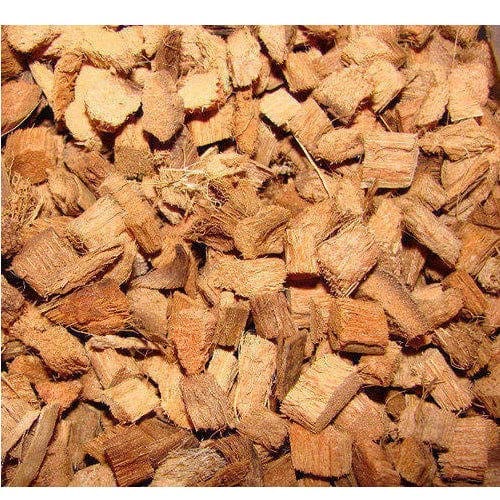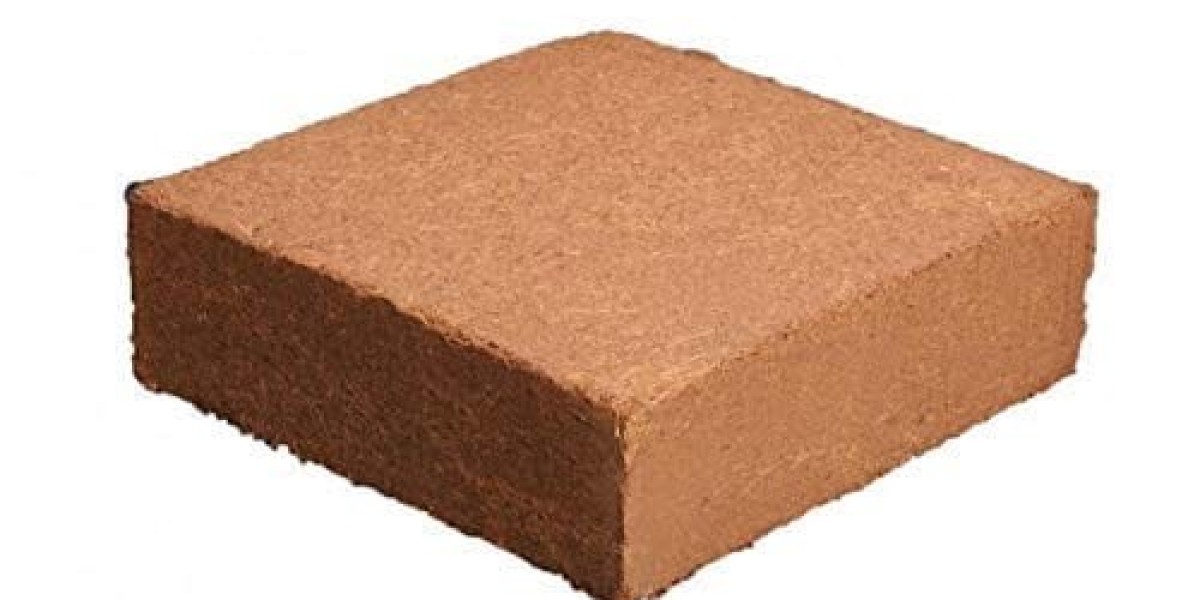In today's world, where sustainability is a growing concern, the art of cocopeat wall decor offers an eco-friendly and visually appealing solution. Cocopeat, a natural fiber derived from coconut husks, has gained popularity as a versatile material for wall decor thanks to its environmental benefits and artistic potential. In this article, we will explore the wonders of cocopeat art, its eco-conscious advantages, and how it can transform your living spaces into eco-friendly havens.
The Rise of Cocopeat Art
Cocopeat, or coconut coir or peat, is a byproduct of the coconut industry. It is primarily used in gardening as a sustainable alternative to peat moss due to its moisture-retention properties and biodegradability. However, creative minds have recognized cocopeat's potential beyond the garden, leading to the emergence of cocopeat art as a unique and eco-conscious form of wall decor.
Cocopeat as a Medium for Wall Decor
Texture and Aesthetics: Cocopeat art features a distinctive texture and natural, earthy hues that bring a touch of rustic charm to any space. Its rough surface adds depth and character to the artwork, making it visually appealing and inviting.
Customizability: Cocopeat can be molded and shaped into various forms and designs. Artists can create intricate patterns, three-dimensional sculptures, or even abstract compositions, allowing endless possibilities to suit different tastes and interior styles.

Eco-Friendly Credentials: One of the most significant advantages of cocopeat art is its eco-friendliness. Being a natural, renewable resource, cocopeat aligns with sustainability goals by reducing waste and utilizing an agricultural byproduct.
Creating Cocopeat Art: The Process
The process of crafting cocopeat art involves several steps, from sourcing the material to creating the final masterpiece:
Harvesting Cocopeat: Cocopeat is harvested from coconut husks, which are soaked, crushed, and mechanically processed to separate the fibers.
Molding and Shaping: Once the cocopeat fibers are obtained, artists mix them with water to create a malleable medium. They can then mold and shape the cocopeat into their desired forms.
Drying and Curing: The shaped cocopeat art pieces are left to dry naturally or are cured in controlled environments. This step ensures that the artwork retains its form and durability.
Finishing Touches: After drying, artists may apply finishing touches such as painting or sealing to enhance the cocopeat art's longevity and visual appeal.
Eco-Conscious Benefits of Cocopeat Art
The growing interest in cocopeat art is not only due to its aesthetics but also its numerous environmental benefits:
Sustainable Sourcing: Cocopeat is sourced from a renewable resource, coconut husks, which would otherwise be discarded as waste. This utilization reduces the environmental impact of coconut production.
Biodegradability: Cocopeat art is biodegradable, meaning it won't contribute to landfills or environmental pollution at the end of its life cycle.
Carbon Footprint: Cocopeat production has a relatively low carbon footprint compared to other materials commonly used for wall decor, making it a greener choice for eco-conscious consumers.
Eco-Friendly Alternatives: By choosing cocopeat art, you support sustainable alternatives to traditional wall decor materials like plastic, which have a more significant negative impact on the environment.
Incorporating Cocopeat Art into Your Home
Cocopeat art can enhance the ambiance of your home while contributing to a more sustainable lifestyle. Here are some ideas on how to incorporate cocopeat art into your living spaces:
Wall Hangings: Cocopeat wall hangings, featuring intricate designs or nature-inspired motifs, can be focal points in your living room or bedroom.
Headboards: Create a unique and eco-friendly headboard for your bed by installing a cocopeat art piece above it.
Framed Art: Frame smaller cocopeat art pieces and display them on shelves or as part of a gallery wall in your home.
Accent Pieces: Use cocopeat sculptures or decorative items as accent pieces on shelves, mantels, or coffee tables to infuse a natural touch into your decor.
Custom Creations: Work with cocopeat artists to commission custom pieces that match your style and preferences.
Caring for Cocopeat Art
Cocopeat art, like any other decor, requires proper care to maintain its beauty and longevity:
Dust Regularly: Use a soft brush or cloth to dust cocopeat art regularly gently. Avoid abrasive materials that could damage the surface.
Keep Away from Moisture: Cocopeat is sensitive to moisture and humidity. Place cocopeat art in dry areas of your home and avoid direct contact with water.
Avoid Direct Sunlight: Prolonged exposure to direct sunlight can cause cocopeat to fade over time. Position your cocopeat art away from intense sunlight.
Conclusion
Cocopeat art combines aesthetics with eco-consciousness, offering a sustainable and visually appealing option for wall decor. By choosing cocopeat art, you not only bring the beauty of nature into your living spaces but also contribute to a greener, more sustainable future. Embrace the charm of cocopeat art and make a statement with unique, eco-friendly wall decor that reflects your commitment to a more environmentally responsible lifestyle.








